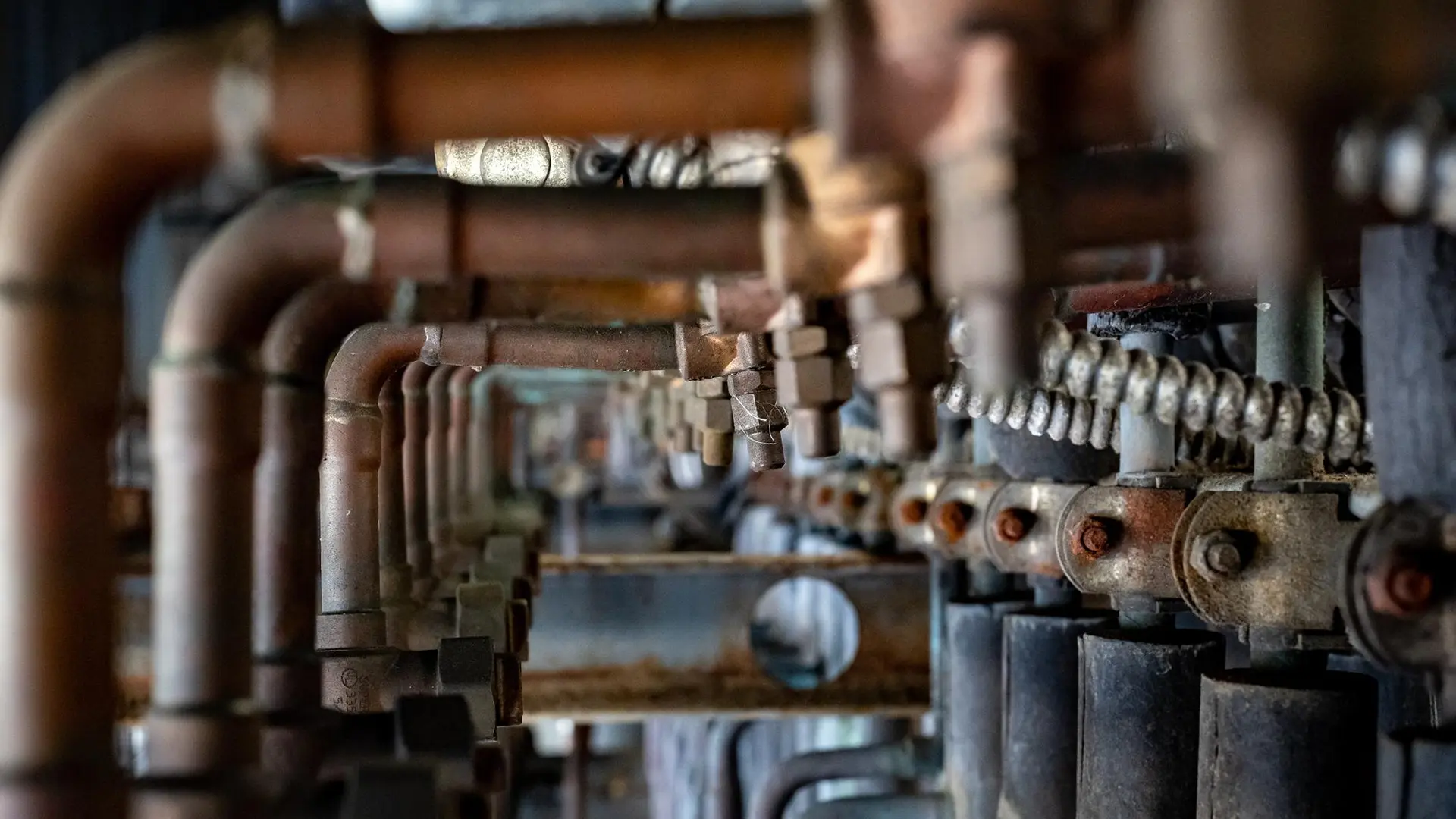By Andrew Dorn, Courtesy of TheHill.com
WHAT’S CAUSING THE GREAT LABOR CRISIS FOR ELECTRICIANS AND PLUMBERS?
America is facing a skilled labor shortage with longtime tradesmen aging out of the workforce and a new talent pipeline that hasn’t been able to keep up.
Over the next decade, some 1.9 million manufacturing jobs could go unfilled if the “talent conundrum” isn’t resolved, according to a new study from the Manufacturing Institute and Deloitte.
The construction industry is also facing challenges. It needs to attract about half a million new workers in 2024 to balance supply and demand, a recent report by Associated Builders and Contractors (ABC) found.
As for plumbers, the U.S. is expected to be 550,000 short by 2027, Bloomberg reported. Last year, The New Yorker warned about “The Great Electrician Shortage.” Employment of electricians is expected to grow twice as fast as the average for all occupations through 2032.
WHAT’S BEHIND IT ALL?
Experts say that tradesmen aging out of the workforce or retiring is contributing to the skilled labor shortage in America.
“A lot of it has to do with demographics right now, a lot of the skilled tradespeople are older and retiring. People are not choosing the occupations as frequently as they may have in the past,” said Josh Hawley, director of the Ohio Education Research Center at Ohio State University.
According to the National Electrical Contractors Association, nearly 30% of union electricians are near retirement. In construction, more than 1 in 5 workers are 55 or older.
Those departures are especially concerning because older tradespeople are the most experienced.
“The infrastructure to train somebody in a skilled trade has never really left the 19th century,” Hawley said. “You need a very long lead time in order to ramp up capacity.”
The pandemic made things worse. Hands-on training programs were difficult to shift online and enrollment plummeted. And unlike in other recent recessions, the coronavirus triggered a retirement boom.
In February, there were 583,000 job openings in the manufacturing industry — up 20% from five years earlier. Construction openings have surged more than 50% from 287,000 in Feb. 2019 to 441,000 in Feb. 2024.
Over time, fewer skilled workers could mean months-long wait times for services and higher prices.
IS THE LABOR SHORTAGE BEING ADDRESSED?
There are some signs that the labor shortage is being addressed as trade school enrollment rises and Gen Z’s appetite for non-college alternatives grows.
Rising wages could also attract more young people. Last year, master plumbers saw their median pay raise to $82,700 — a 21% jump from the year prior, PayScale found.
Recent surveys suggest Americans are hungry for more noncollege alternatives as their confidence in higher education continues to fall. College enrollment has declined gradually over the past decade as more people weigh the high price tag against the upside.
“I’ve seen a major shift over the last four or five years where parents and guidance counselors alike are realizing that not everybody is meant to go away to college, and not meant for white-collar jobs, and that blue-collar jobs can provide good incomes, and give people the job satisfaction that they need and that they want,” he said.
ORIGINAL ARTICLE: https://thehill.com/changing-america/enrichment/education/4583268-labor-crisis-why-is-there-a-shortage-of-plumbers-and-electricians/

